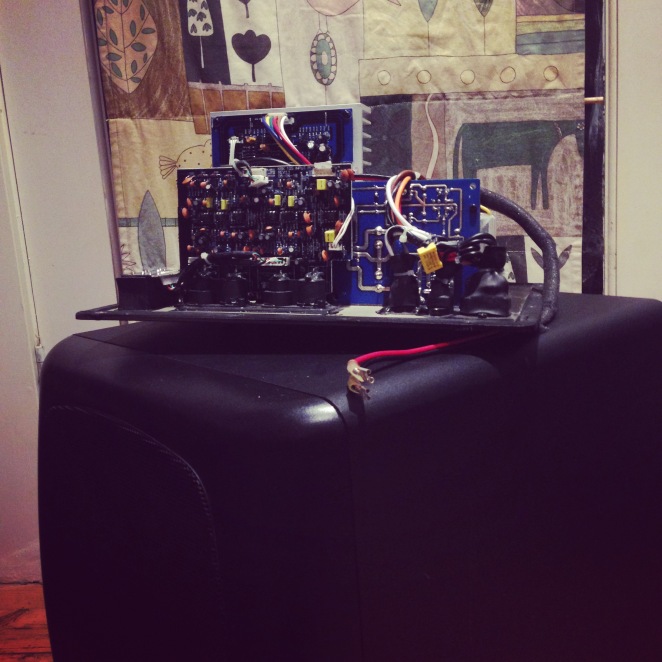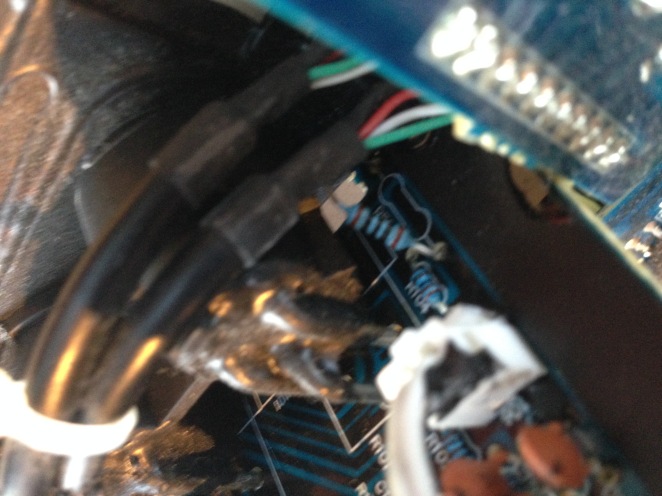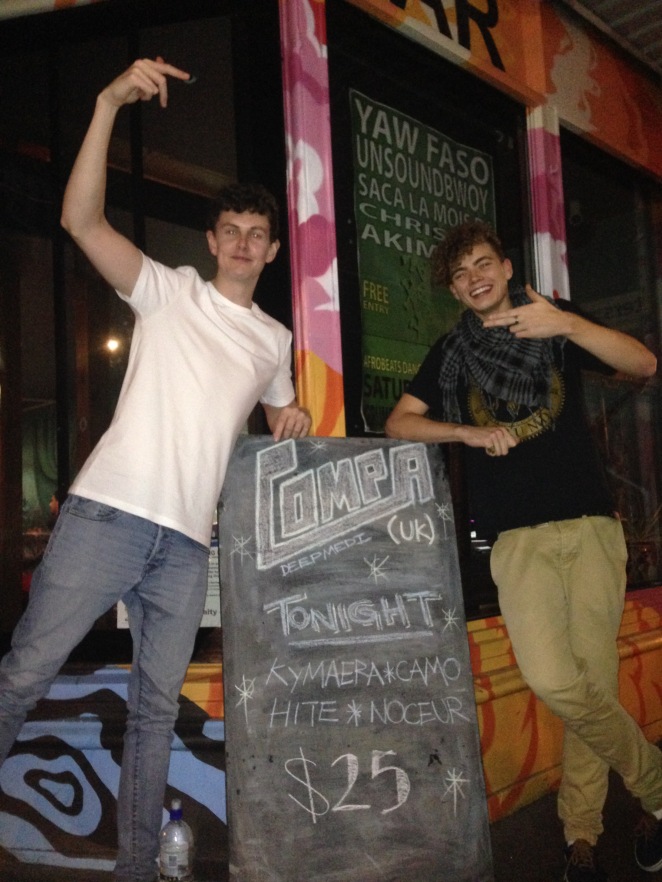It was tasked to us to go in search of our communities, find some more reach, and engage others with tools other than our blogs. I took a few different approaches to this, I tried signing up for and posting in a tech forum (DJ tech tools), and posting in an active music Facebook group I’m already a member of. Most of these attempts landed little to no results for my blog reach. There was some good insight attained about the way online communities are moderated, the way people interact with each other, and how people feel about self promotion.
I decided to post on a public forum, DJ tech tools. For my first attempt I decided to reach out and ask a simple question “How do you do what I do“? I gave the post a few days but it was met with no real engagement, I felt in this age of quick technology, a quick post would get answers quickly. Finally, despite being disheartened, I made one final attempt at reaching my audience, despite being knocked back on facebook, I posted my KRK 10s repair log. Once again, this received no real reach. It was clear to me that I needed to build a rapport with DJ tech tools. “Only ask for favours once you’ve established a relationship” (Oatway, 2012 p99). Despite the fact I wasn’t asking so much for shares or reach, I shouldn’t expect people to engage with me.
In a different approach I decided to go seek a crowd for which I’m better know, more specifically the “Melbourne Trap Pack”. My attempt was quashed quickly after posting my Compa gig review. Shortly after posting, it was taken down by admins , I wonder why? Not long after I made the post I saw this:

A facebook post from the creator of Melbourne Trap Pack
It was clear that the sort of post I put up, was not accepted by the community as more than spam. I didn’t feel too disheartened though, because regardless of status, community guidelines dictate a certain etiquette when posting. Within the Melbourne trap pack, I have a community and am a respected member of the almost 1000 strong facebook group, but this didn’t trump the need to follow guidelines. The outcry by the community solidified some of the values within the community, but also began a shift.
Communities share the values of the members; Online communities change rapidly reflecting the changing values of the members. “Social media platforms are eclectic… and prone to change”(Bolter, 2012 p.207). The people had spoken, and I had also decided to speak too. I basically outlined that the community should create what they want to see, directly shaping the content added to the group. The fallout was a restructuring of the original intentions of the Trap pack, shaped directly by the members of the group.


Posts made by myself on may 3rd and 5th. expressing that the community should shape it’s self.
More time and effort could have yielded more results favorable for my blog. Regardless of reach gained, three very important concepts were realised, It’s important to be very active within a community before seeking promotion, etiquette and respect for guidelines must be respected and communities are shaped by those most active.
Bibliography:
Bolter, Jay David. “Social Media and the Future of Political Narrative.” Travels in Intermediality. Lebanon, US: Dartmouth, 2012. ProQuest ebrary.
accessed from:
http://site.ebrary.com.ezproxy.lib.rmit.edu.au/lib/rmitau/reader.action?ppg=206&docID=10556511&tm=1455077330982. 7/5/2016
Oatway, Jay, Apr 26, 2012, Mastering Story, Community and Influence : How to Use Social Media to Become a Socialeader Wiley, Hoboken. 97-109. ISBN: 9781119943457.
accessed via https://equella.rmit.edu.au/rmit/file/48c1e6be-7649-44d9-860b-2e7aff36dadf/1/160211_3_006.pdf 7/5/2016

















